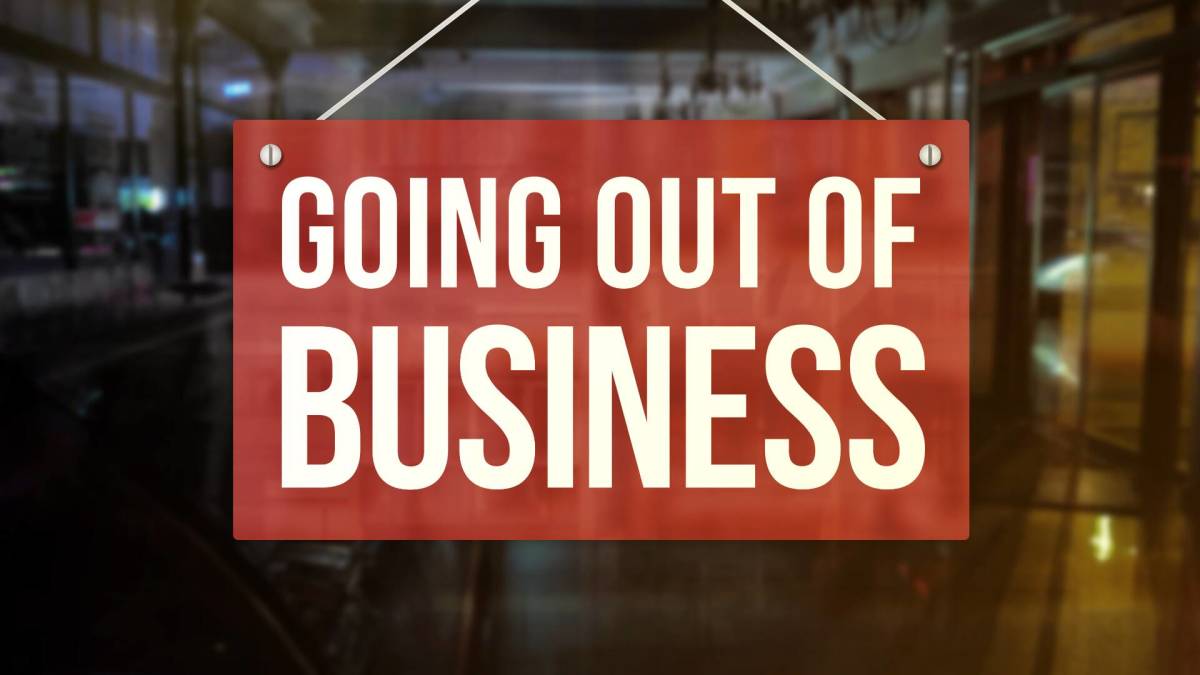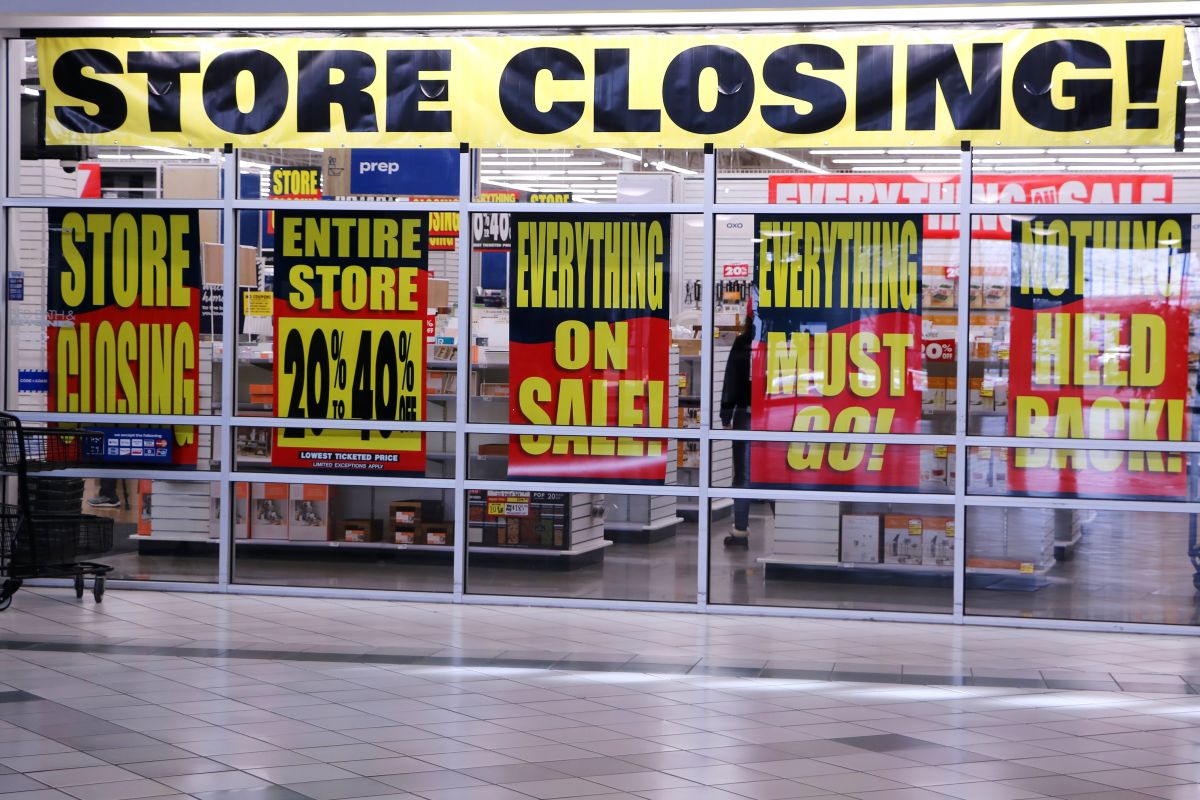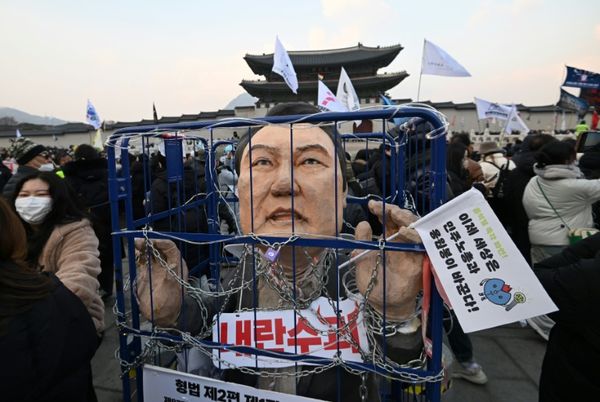
Chapter 11 bankruptcy protection provides much-needed flexibility for companies to restructure their operations and finances, giving them a shot at survival. However, there’s no guarantee that any company that enters bankruptcy will emerge from it or if they do, it will be business as usual.
We’ve seen that time and time again.
Bed Bath & Beyond hoped Chapter 11 bankruptcy would give it time to find a solution, allowing it to remain in business, only to have those efforts fall short. A similar scenario played out recently at Christmas Tree Shops.
Even when a company survives bankruptcy, its future can remain uncertain. For instance, Sears once operated over 3,500 stores. Less than 20 of those stores remained open when it emerged from bankruptcy last year. It’s closed even more stores this year.
The uncertainty associated with bankruptcy proceedings makes handicapping what’s next tricky. However, retailers typically follow a blueprint, which may offer insight into what happens to stores now that this crucial retail store chain has filed for Chapter 11 protection.

A retailer that’s fallen into bankruptcy will close many stores
If a company hopes to survive a bankruptcy restructuring, it must eliminate as many expenses as possible. Often, this means closing or selling unprofitable stores to shed labor costs and reduce rent expenses.
Companies that aren’t in bankruptcy face hurdles when it comes to negotiating store closures. It’s much more straightforward in bankruptcy. According to Brian Davidoff, a bankruptcy expert with Greenberg Glusker, retailers in bankruptcy are typically allowed to exit leases, paying the higher of either three years of rent or 15% of the total owed over the lease term.
Related: Essential retailer files for bankruptcy, stores will close
To determine which retail stores are closed in a bankruptcy, Davidoff says management brings in consultants to help categorize them into one of three buckets: stores it will keep, leases it will reject, and leases it can sell.
Ultimately, how many retail stores get closed or sold while a retail chain is in bankruptcy depends on many things, including how many stores are in operation, how many overlap within specific markets, and whether leases reflect rents that are above or below current market rates.
Likely, that analysis is well underway at Rite Aid (RAD) -), the latest major retail store chain to file for Chapter 11 bankruptcy.
Rumors swirled this summer that Rite Aid was talking to creditors about a restructuring that involved bankruptcy. The company officially announced on Oct 15th that it filed Chapter 11 bankruptcy after securing promises for $3.45 billion in debtor financing.
Now, Rite Aid is faced with a series of tough decisions. Past acquisitions saddled it with over $3 billion in debt, and rising interest rates have sent interest expenses soaring this year. To emerge from bankruptcy and have a shot at survival, that debt will need to be restructured at more favorable terms.
It will also need to cut costs, including closing stores. The company has likely done much of the analysis Davidoff suggests, given it recently announced in court filings plans to sell some of its stores and close others.
More bankruptcy:
- Well-liked retailer makes surprise return from bankruptcy
- This alarming statistic suggests a favorite retailer is in trouble
- These two big-name retailers face a huge bankruptcy risk
Specifically, the company has said it will attempt to sell nearly 100 Rite Aid and Bartell Drug stores with at least ten years remaining on leases. It also disclosed plans to close about 7% of its 2,200 stores across many states.
Management submitted to the bankruptcy court a list containing 154 stores on the East and West Coast that it plans to shut down, including stores in New York, New Jersey, and California.
It remains to be seen if those closures will be enough. In addition to facing a stiff headwind from ongoing operating expenses, it must also figure out how to navigate a Department of Justice lawsuit filed earlier this year.
That suit accuses it of contributing to the opioid epidemic by filing prescriptions it shouldn’t have filled, exposing Rite Aid to a billion-dollar legal bill. Competitors CVS Health (CVS) -) and Walgreens Boots (WBA) -) settled similar suits in the past year for $4.9 billion and $5.7 billion, respectively.
Rite Aid doesn’t have the financial wiggle room necessary to settle this suit like its peers. In the June quarter, its sales slipped 6% year-over-year and losses soared to $300 million.
Davidoff thinks that Rite Aid's bankruptcy filing potentially accelerates the likelihood of a settlement. Davidoff says that unlike other opioid-related bankruptcy filings, such as Purdue Pharma, Rite Aid’s bankruptcy filing doesn’t stretch the bounds of bankruptcy law.
Of course, any settlement Rite Aid agrees to must have terms it can ultimately afford as an operating company. If not, there’s always the risk that Rite Aid’s Chapter 11 bankruptcy could become a Chapter 7 liquidation. However, Davidoff thinks that risk isn’t likely because Rite Aid has more value as an operating company than a liquidating company.
Need a hand finding winning investments? Sign up to find out what stocks we're buying now







